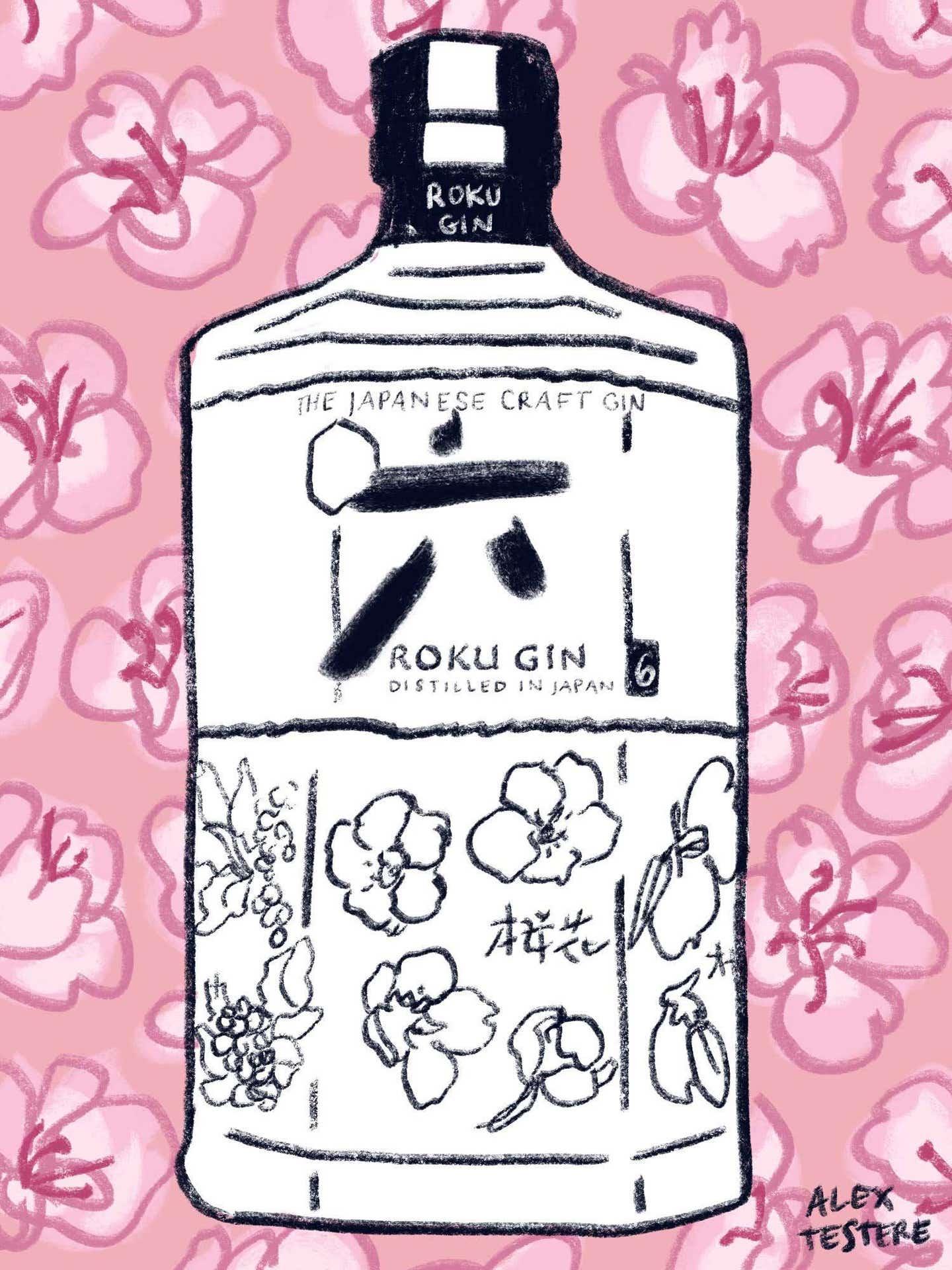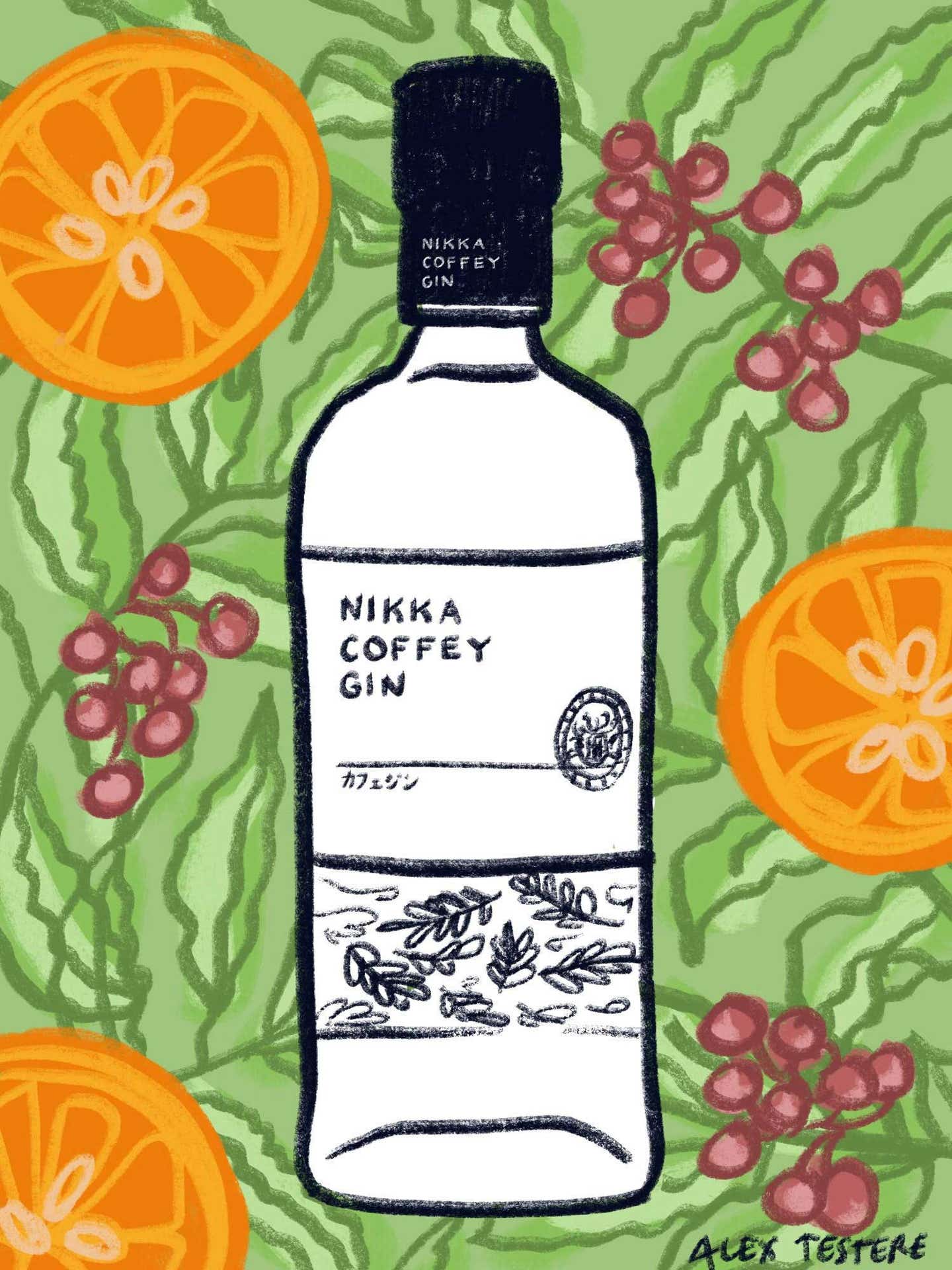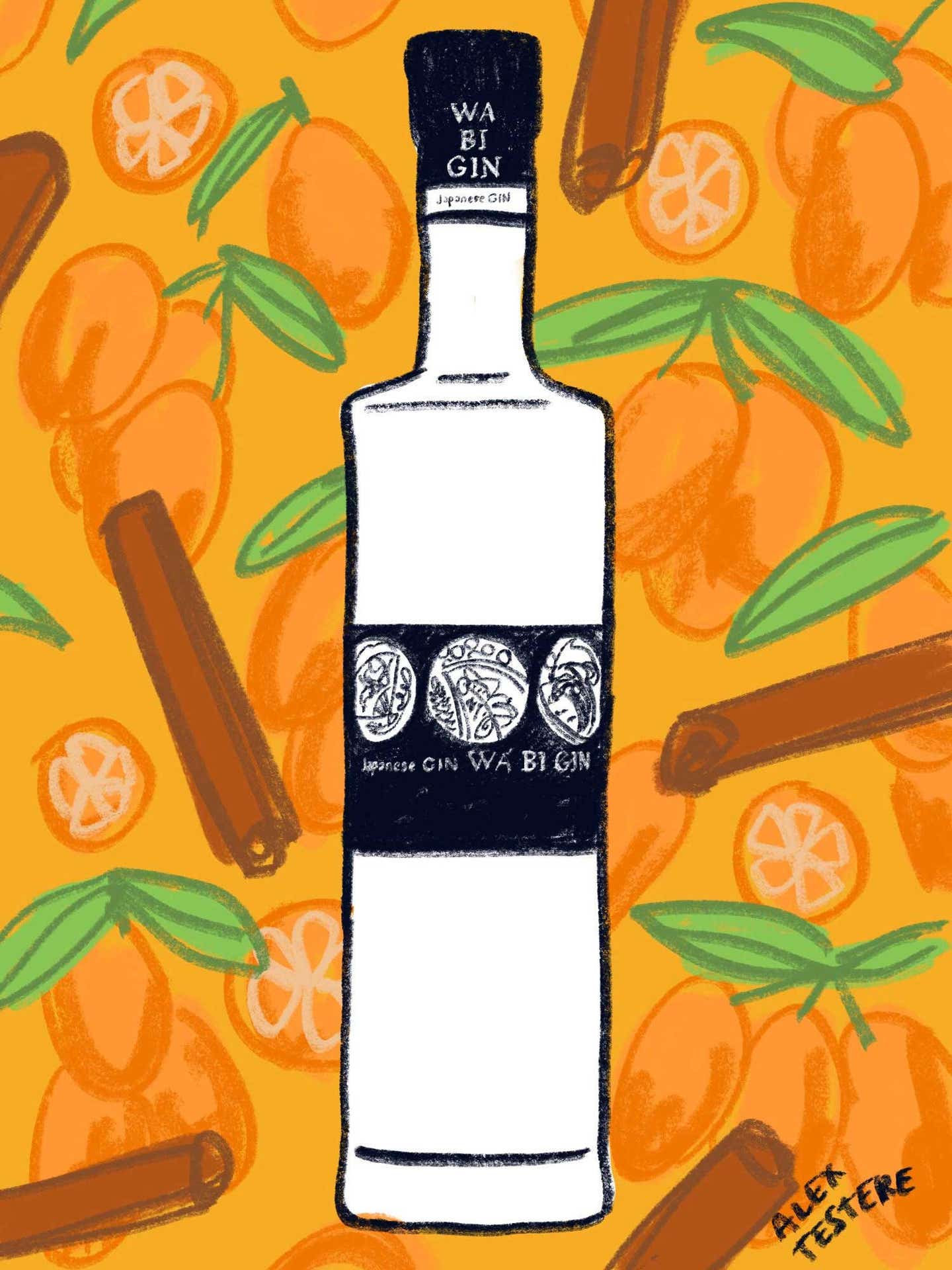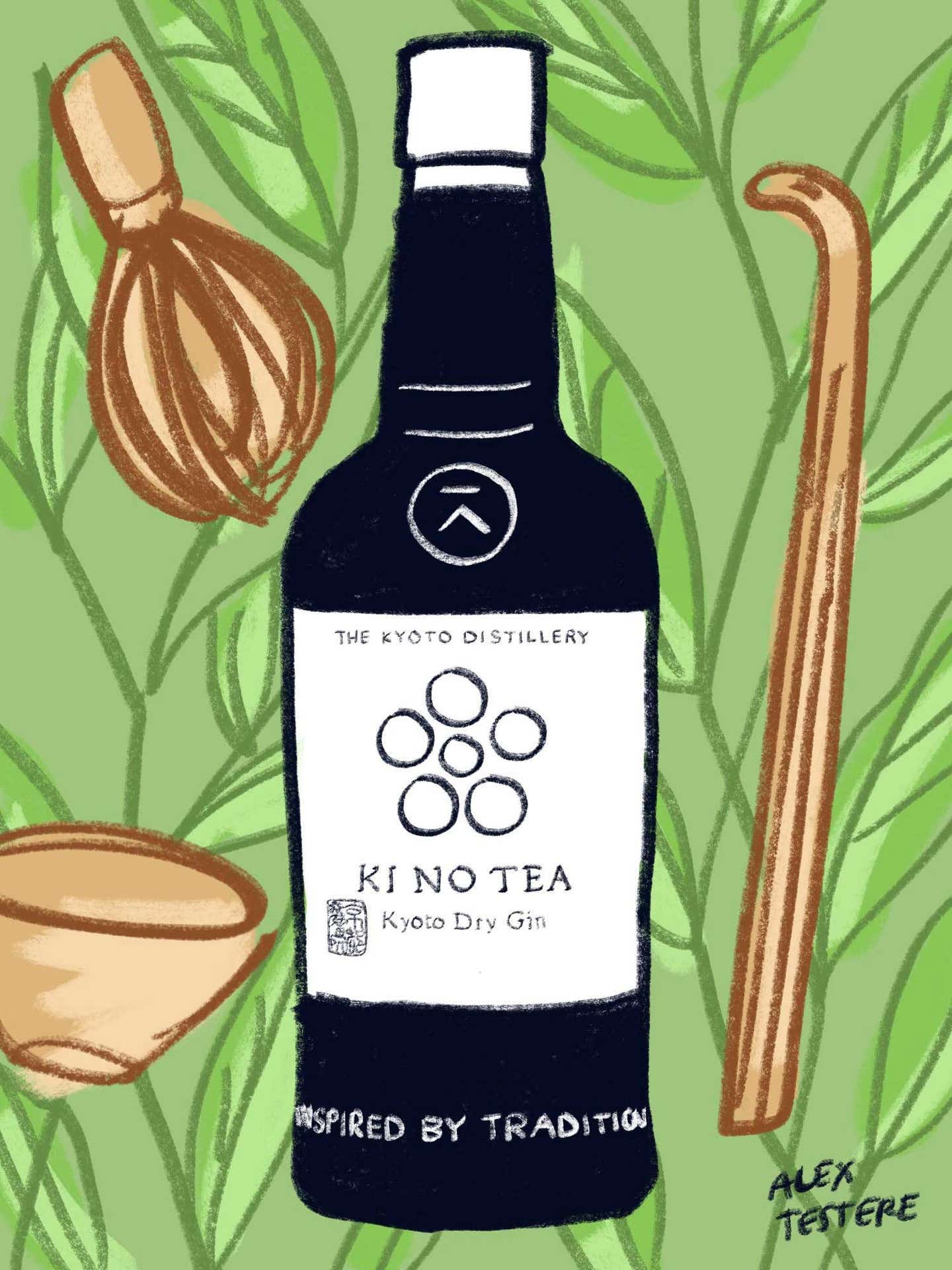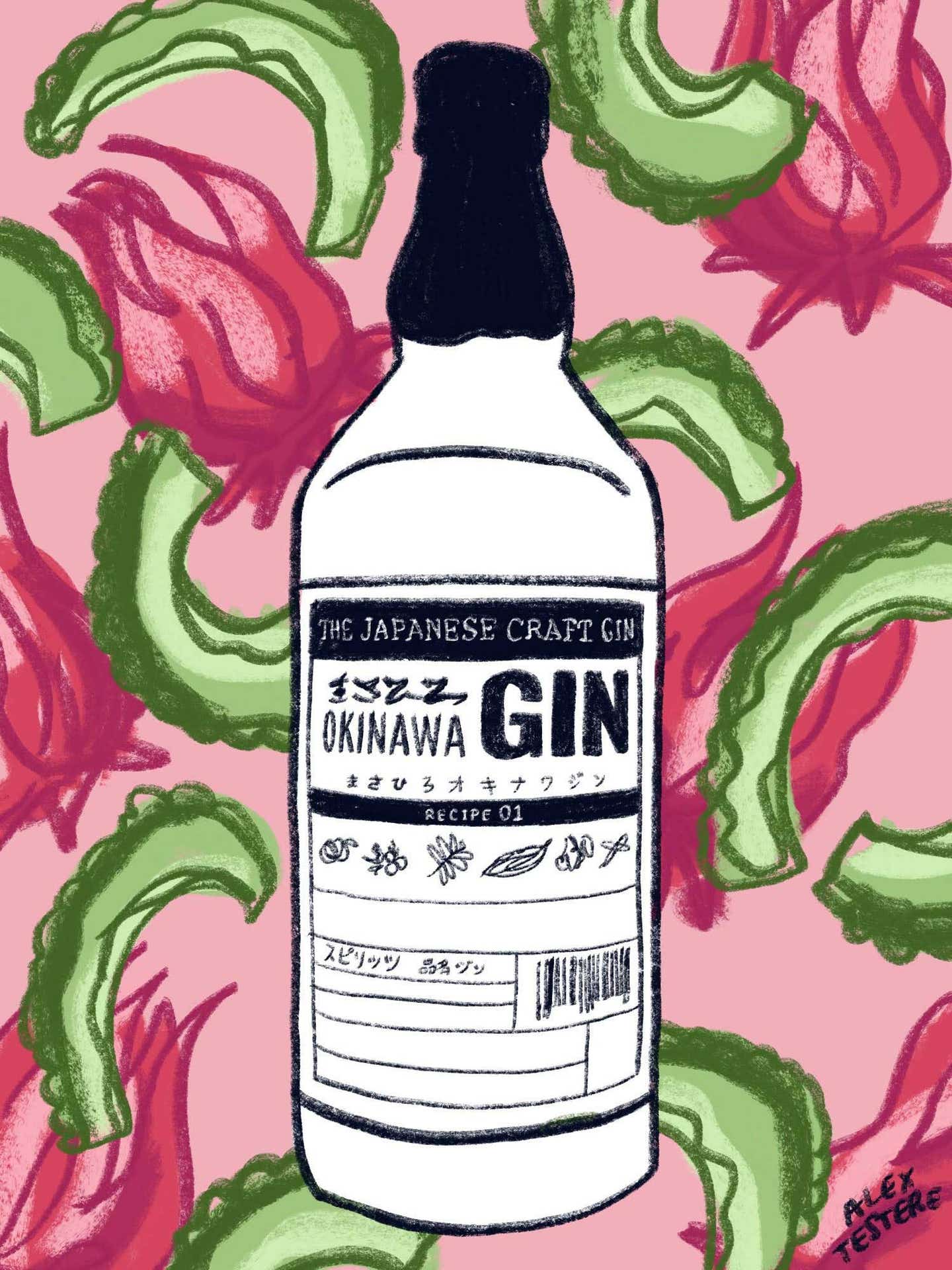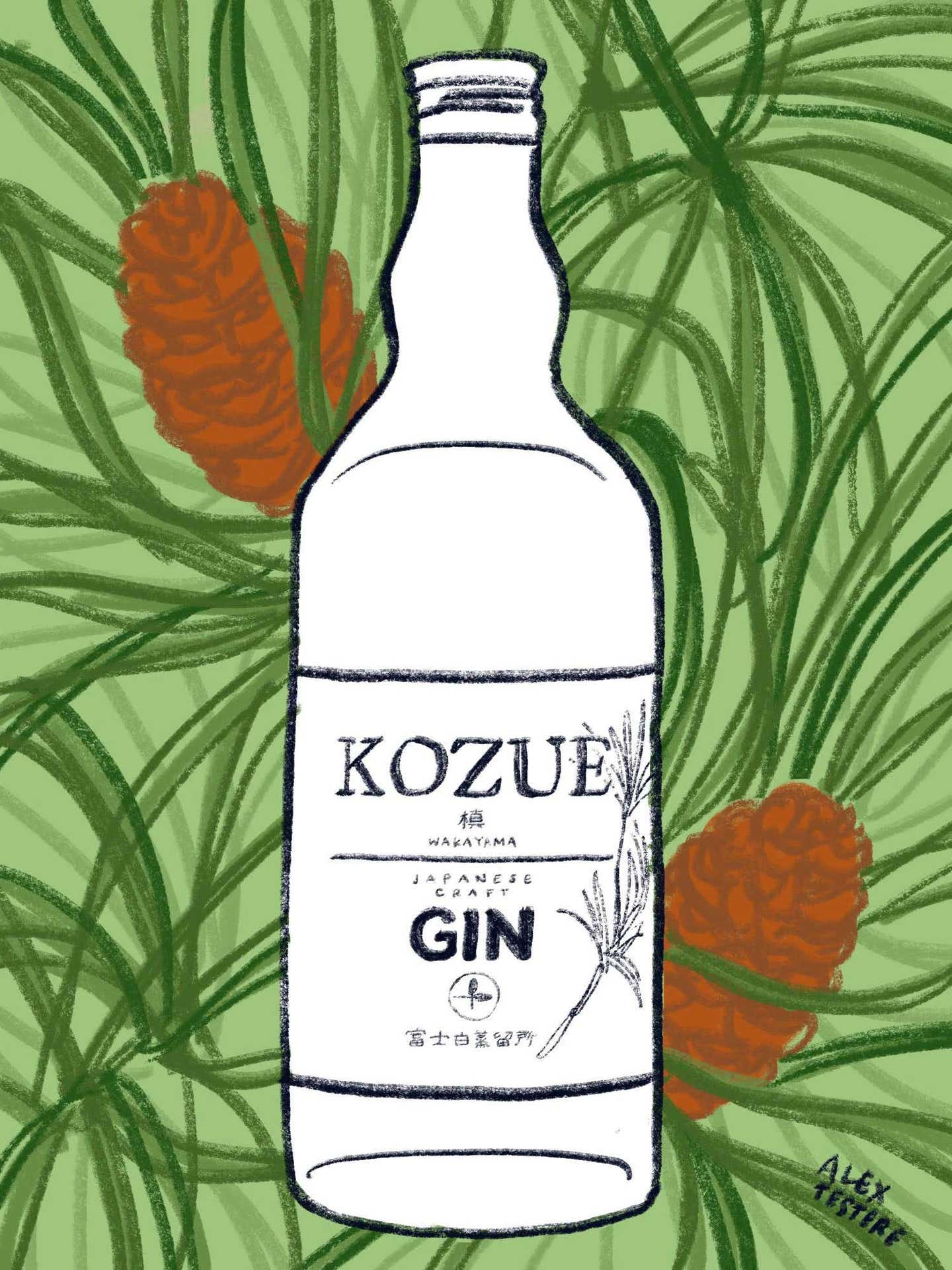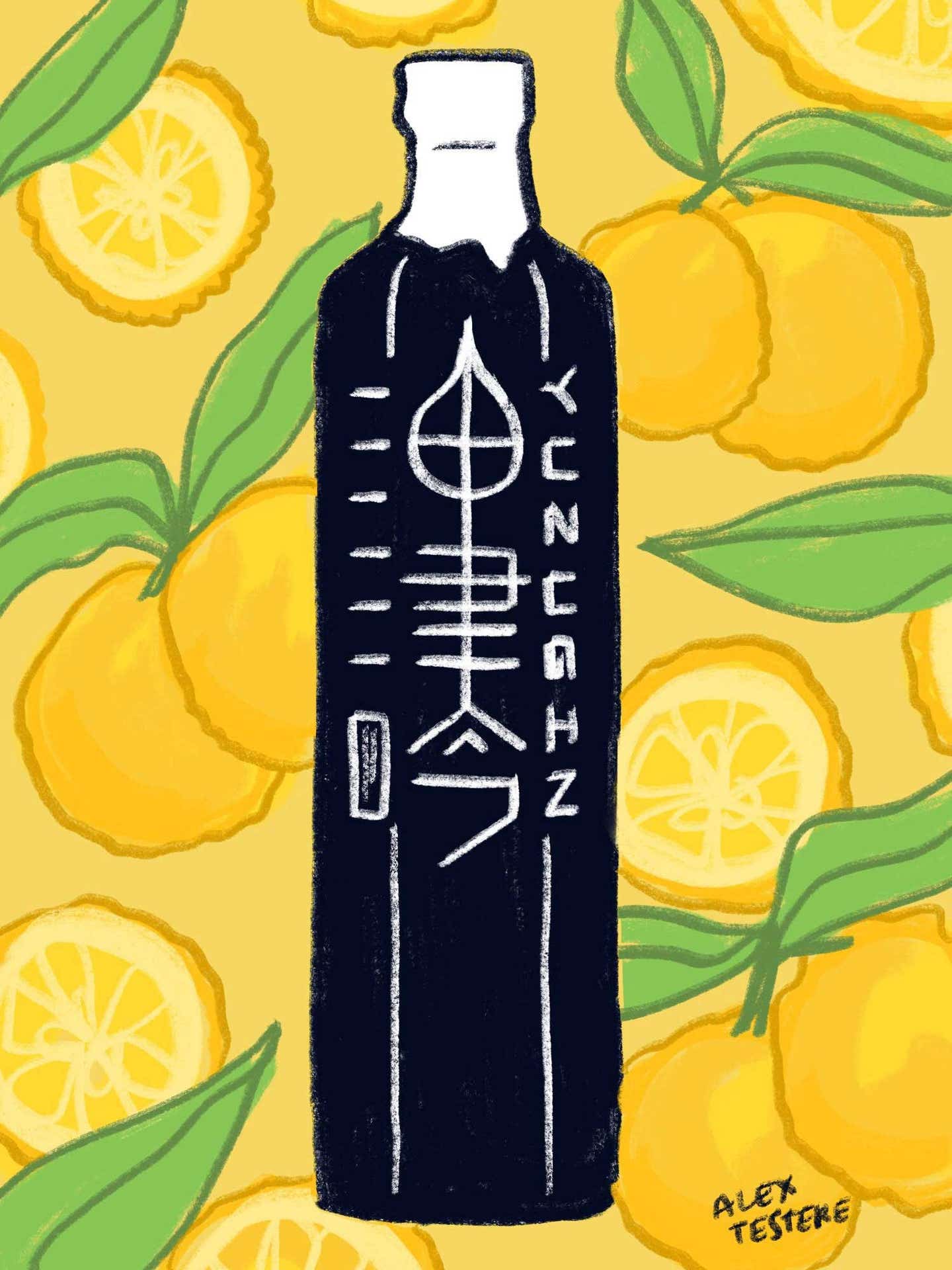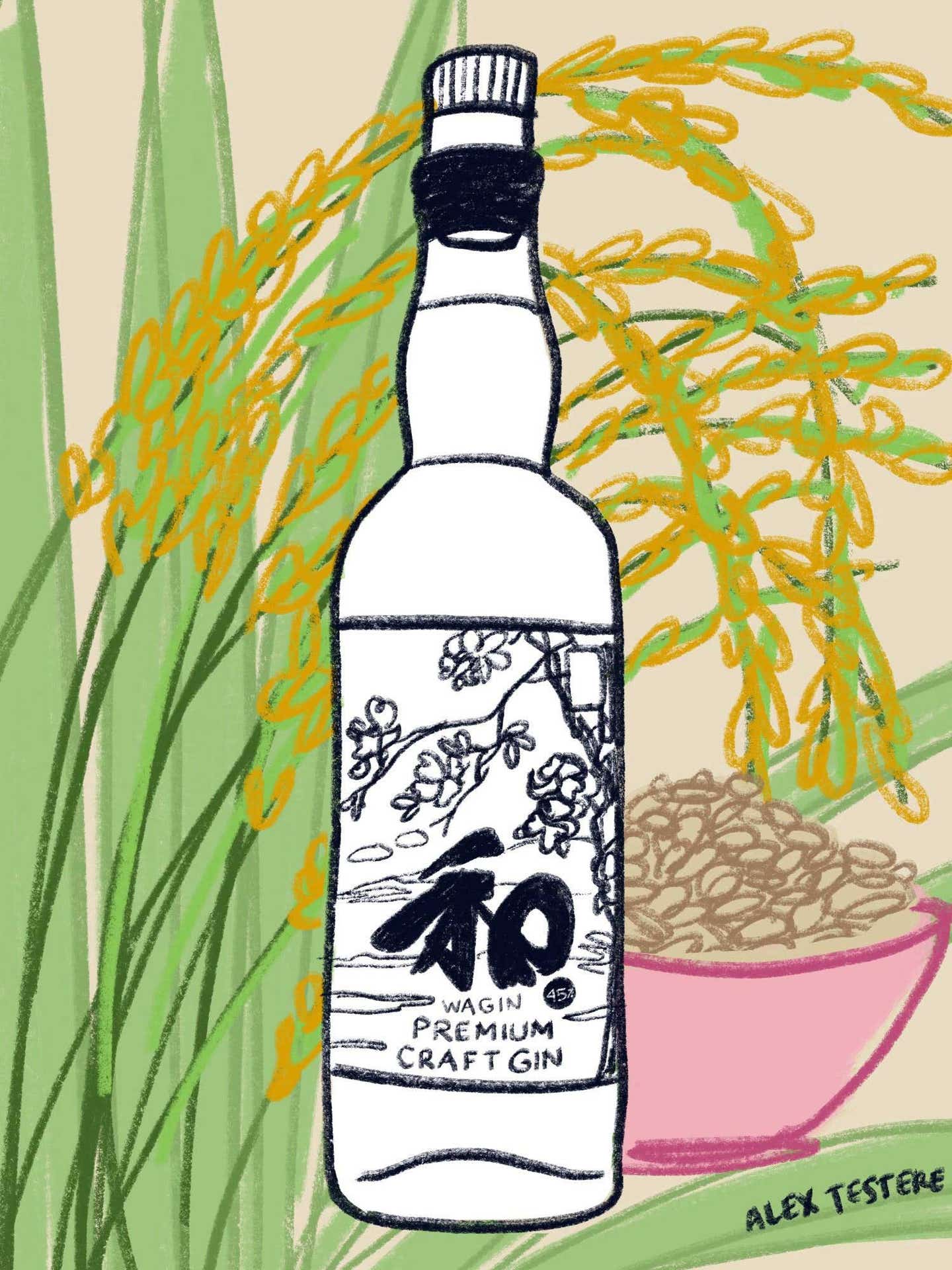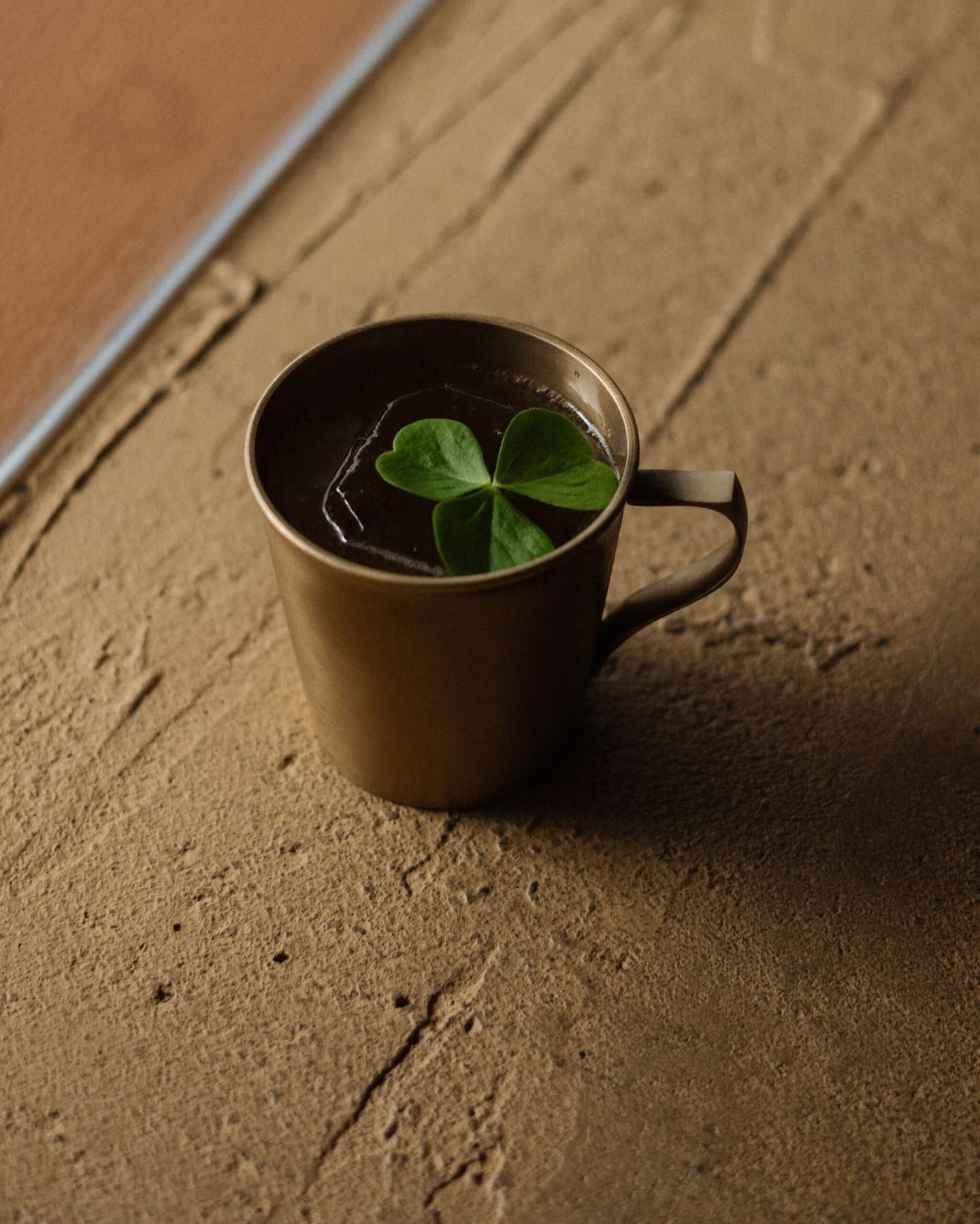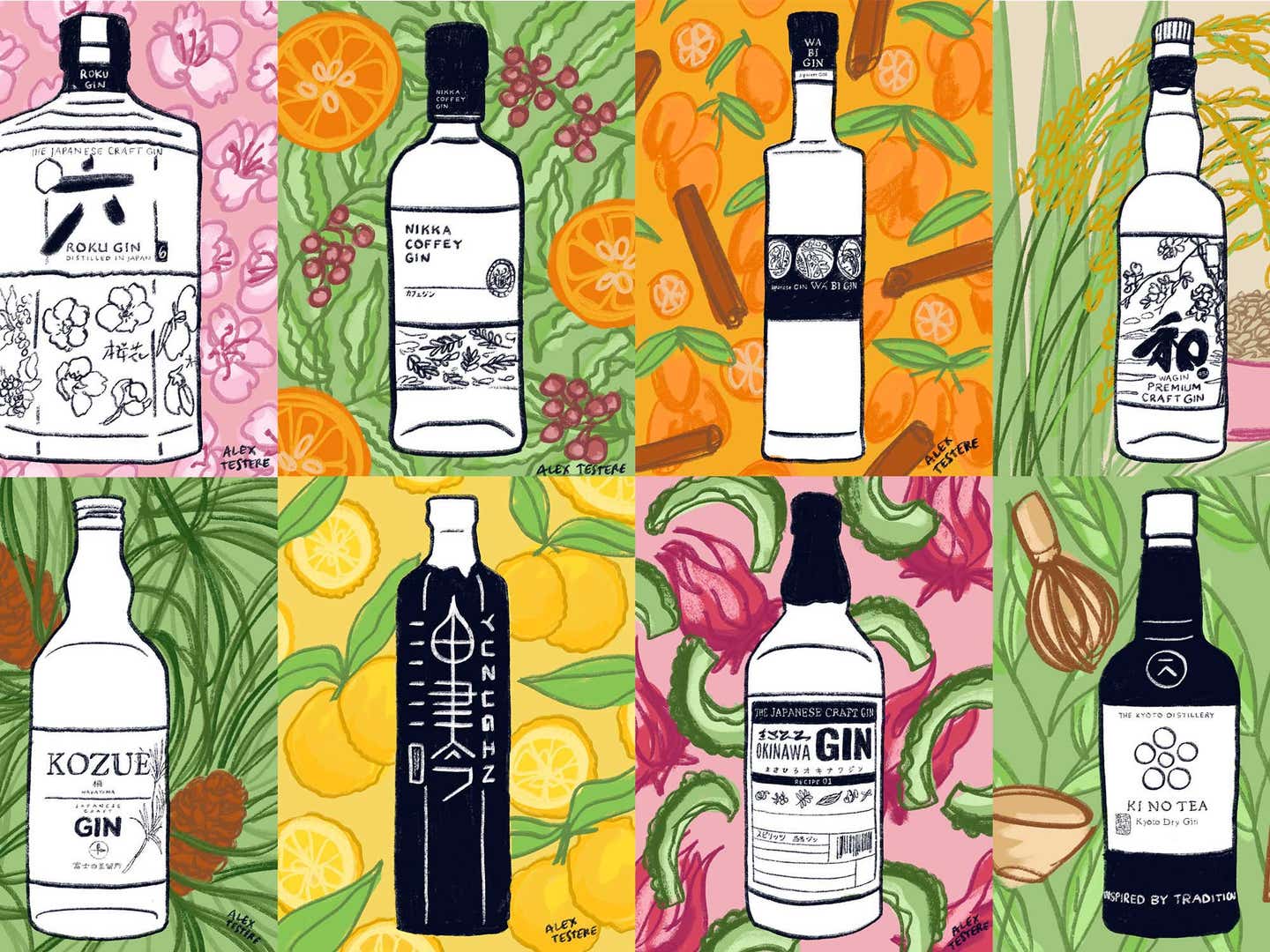
Japanese Artisanal Gin Is The Ultimate Distillation of the Country’s Local Produce
A relatively new market, artisanal gin is taking Japan by storm, and these 8 bottles represent how the country is distilling the spirit of its beloved local botanicals.
It’s only been two years since artisanal gin-making took off in Japan, and yet it’s already enjoying its own, exciting category on the global stage. Last year, Japanese drinks goliaths Beam Suntory and Asahi released their Nikka brand, including two of the country’s first craft gins, and it wasn’t long before Kyoto Distillery, the country’s first dedicated gin distillery, threw their own into the mix.
The U.K., known to be the world's largest exporter of gin, has already seen exports to the US rise by 553% in the past decade, and Japanese companies took notice: Beam Suntory made a dynamic entrance into the gin scene by purchasing the world-renowned London Sipsmith distillery. Japan's cheap, commercial London Dry–style expressions, like Nikka Wilkinson and Suntory Dry, have been around for years, but these recent developments mark a new movement toward craft expressions, a brand new industry in the island nation.
For Japan, unlike the U.K., gin-making isn’t based on history and tradition. Nevertheless, as with most things Japanese, their gin has quickly been sculpted and bound by a rich, colorful attention to craft. While juniper and other common gin botanicals like cinnamon and coriander remain present in most offerings, Japanese distillers have been utilizing the abundance of produce unique to Japan, including yuzu and other local citrus fruits, sansho pepper, green tea, and sakura, or cherry blossoms.
Since this past summer, Japan has also seen many of its sake- and shochu-makers try their hand at gin production. With new brands already aligning with expressions from Japan’s most obvious botanicals, these small makers have expanded the search, using plants not only native to Japan, but to the islands or prefectures surrounding each distillery.
The newest gin to the market in 2018 is by Hiroshima's new Sakurao distillery. It will be the first craft gin from Hiroshima, and will include local oyster shells among its list of botanicals. Others are turning to alternative methods to further differentiate themselves: The Ki Noh Bi release by Kyoto Distillery was aged in casks from the legendary Karuizawa whisky distillery. Shuttered in 2000, Karuizawa bottlings are some of the rarest and most expensive in the world today.
Booming but still very young, Japan’s domestic gin scene is only expected to grow in the coming years. In the meantime, here are some bottles to try for a summary of the progress so far. Be warned: Some of them aren’t yet available in the U.S. Enjoyed straight, the Japanese botanicals shine. Add ice and tonic to witness the strength of the key ingredients, illustrated here.
Roku, which means “six” in Japanese, refers to the six Japanese botanicals used in this craft gin. While traditional botanicals are also used, as well as yuzu, sansho pepper, and tea, the emphasis is on the sakura flowers and leaves, depicted prominently on the front of the bottle.
Produced at Liquor Atelier, Suntory’s spirits site in Osaka, Roku launched domestically in July 2017, only reaching Western shores at the end of 2017. The Japanese version comes in at 47% ABV, while the exported version has been lowered to 43%. Before adding the tonic, try the Roku straight for the intense, buttery mouthfeel and spicy, citrus character.
Mad in Sendai, Nikka’s Coffey gin takes its name from the Coffey stills, located in the company’s Miyagikyo distillery, the second site after the company’s more globally renowned Yoichi distillery.
The citrus-forward recipe includes yuzu, shikuwasa, and kabosu, as well as amanatsu, which deliver an intense burst of tangy juiciness. Meant to draw out the flavour of each, the key botanicals, which includes local sansho pepper, are distilled separately and blended, a rather unique approach to gin production. The barley and corn base spirit provides a light body, allowing the botanicals to shine, but at the expense of some balance and weight.
Hombo Shuzo is the company behind Japan’s exciting Mars Shinshu whisky distillery, which ceased whisky production in 1992 before relighting its stills in 2011 amidst the Japanese whisky boom. Alongside great whisky, Mars has brought us the delightful Wa Bi gin, made at their Kagoshima distillery, Mars Tsunuki. Grown in the surrounding area, unique botanicals include Saigon cinnamon leaf, kumquat, and bitter orange from Hetsuka. Look for citrus, tea and spice on the palate, followed by tangy, bitter orange on the finish.
Before Suntory and Nikka released their gins, the Kyoto Distillery claimed the title of the first artisanal gin distillery in Japan. Since its launch in 2016, their flagship Ki No Bi has seen great success both domestically and internationally.
This bottle, Ki No Tea, is a new limited edition by the distillery, heavily influenced by Japanese Matcha tea. Made in collaboration with Kyoto-based tea grower, Horii Shichimeien, it uses large amounts of Tencha and Gyokuro tea in its recipe. As a result, the gin’s character is extremely unique, bursting with the aromatic, sweet influence of matcha, alongside balanced hints of spice and bitterness.
The Masahiro gin is the first to come out of the tropical Japanese island of Okinawa. The distillery’s expertise lies in Awamori, Okinawa’s traditional spirit, making gin a new endeavour for the company.
The botanicals include roselle hibiscus flowers, guava leaves, and Balinese long pepper, but the most interesting addition is goya, the green, bumpy Okinawan bitter melon. The gin is also distilled in pots stills, as opposed to more traditional columns. At 47% ABV, it’s bursting with floral flavors, tropical fruit, and green notes from the bitter melon.
Kozue gin is the first expression to use komayaki, also known as Japanese pine umbrella. Nakano Biochemical, the company behind the brand, has a long history of producing sake, umeshu, and many other liquors. The Kozue, however, is their first venture into craft gin.
Pine, forest, and vegetal notes are strong on both the nose and palate, while the addition of mandarin and lemon peel brings in the subtle, juicy presence of citrus. It’s very smooth and drinkable for a 47% ABV gin.
The Kyoya distillery and brewery was founded back in 1834 in Miyazaki, and has since been primarily producing shochu. Now helmed by Shinichiro Watanabe, the Yuzu gin is built on a potato shochu base, playing to the company’s expertise. Ginger, sansho pepper, and cucumber are used, along with several traditional botanicals, while the emphasis and character of the gin is based around the eponymous yuzu citrus.
The sleek black bottle, wax top, and bright yellow writing shows the traditional distillery shifting towards the modern, constantly evolving spirits market. At 47%, it’s bursting with notes of juicy, sweet citrus, playful spice, and earthy complexity.
The famous sake-maker Meiri Shurui has taken a different approach to gin production. Instead of focusing on Japanese botanicals, the company has created their Wa Gin with a base made from sake, or rice wine.
Adding further value to the expression, the gin has rested for 10 years before being bottled, making it one of the oldest gins released in Japan so far. Using only seven botanicals allows each one to shine through. On the palate are notes of cinnamon, orange and lemon peel, and juniper, all atop the clean, fresh base of sake. Sold in a gorgeous box, and featuring classic Japanese cherry blossoms on the label, the Wa Gin is as premium a Japanese gin as there is.
Keep Reading
Continue to Next Story
